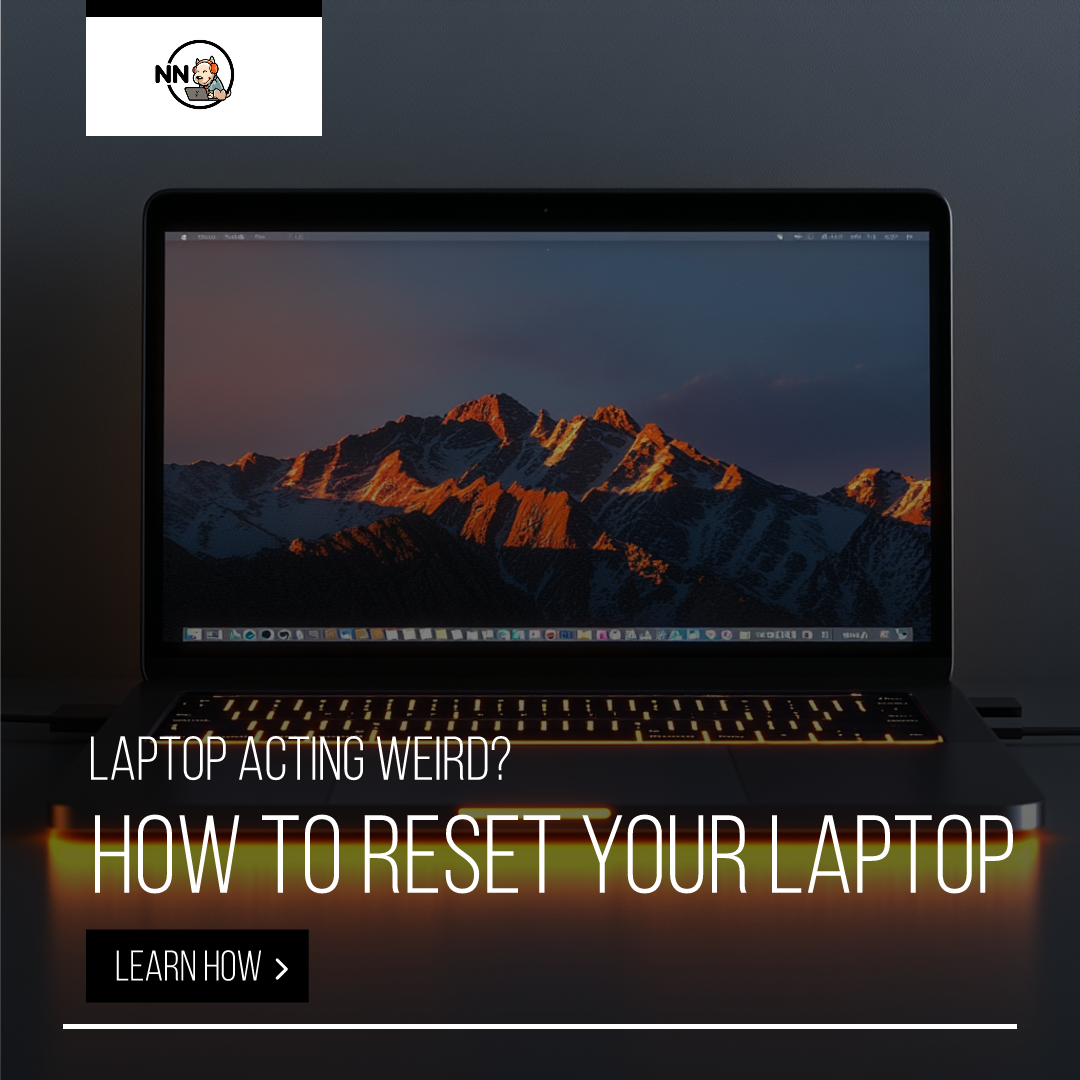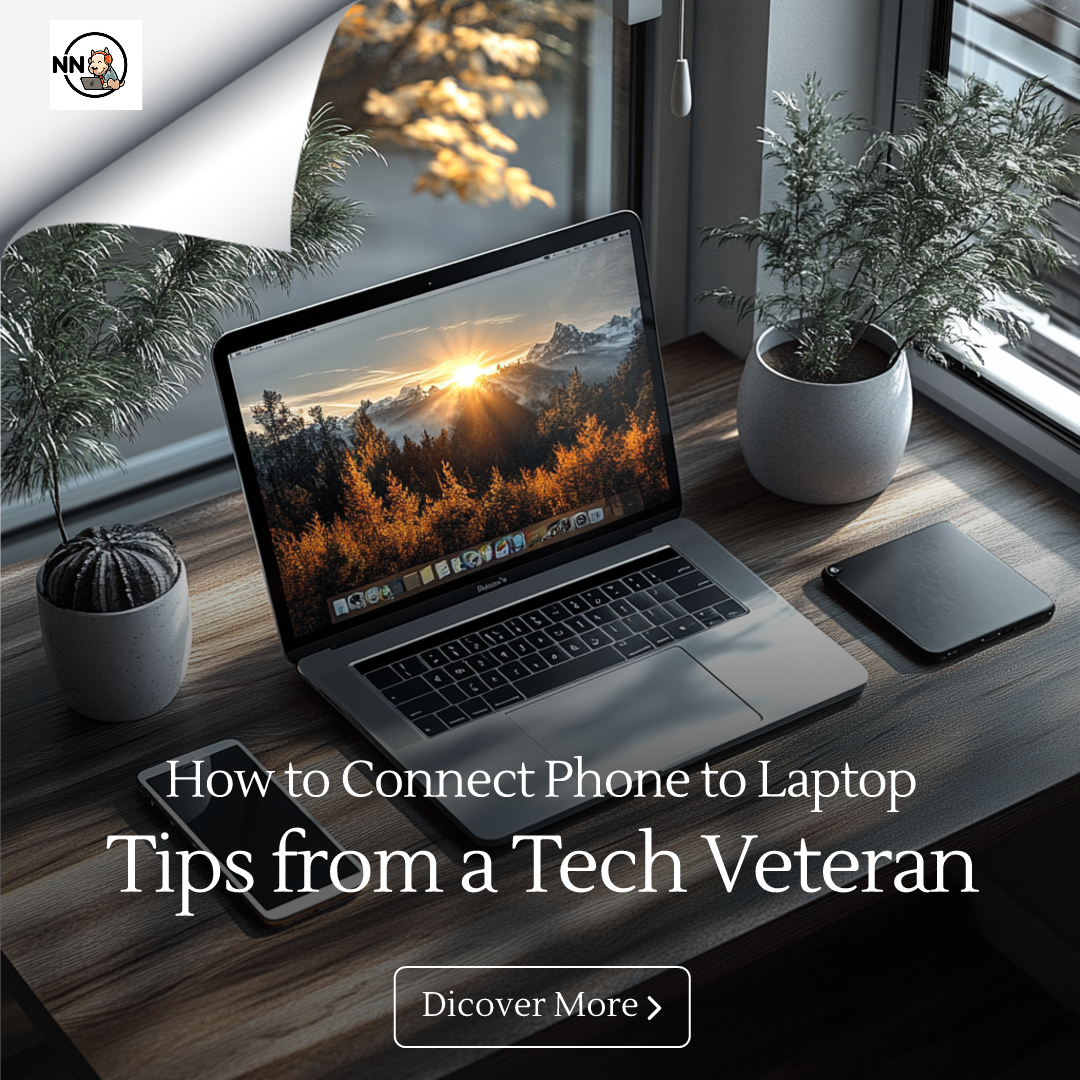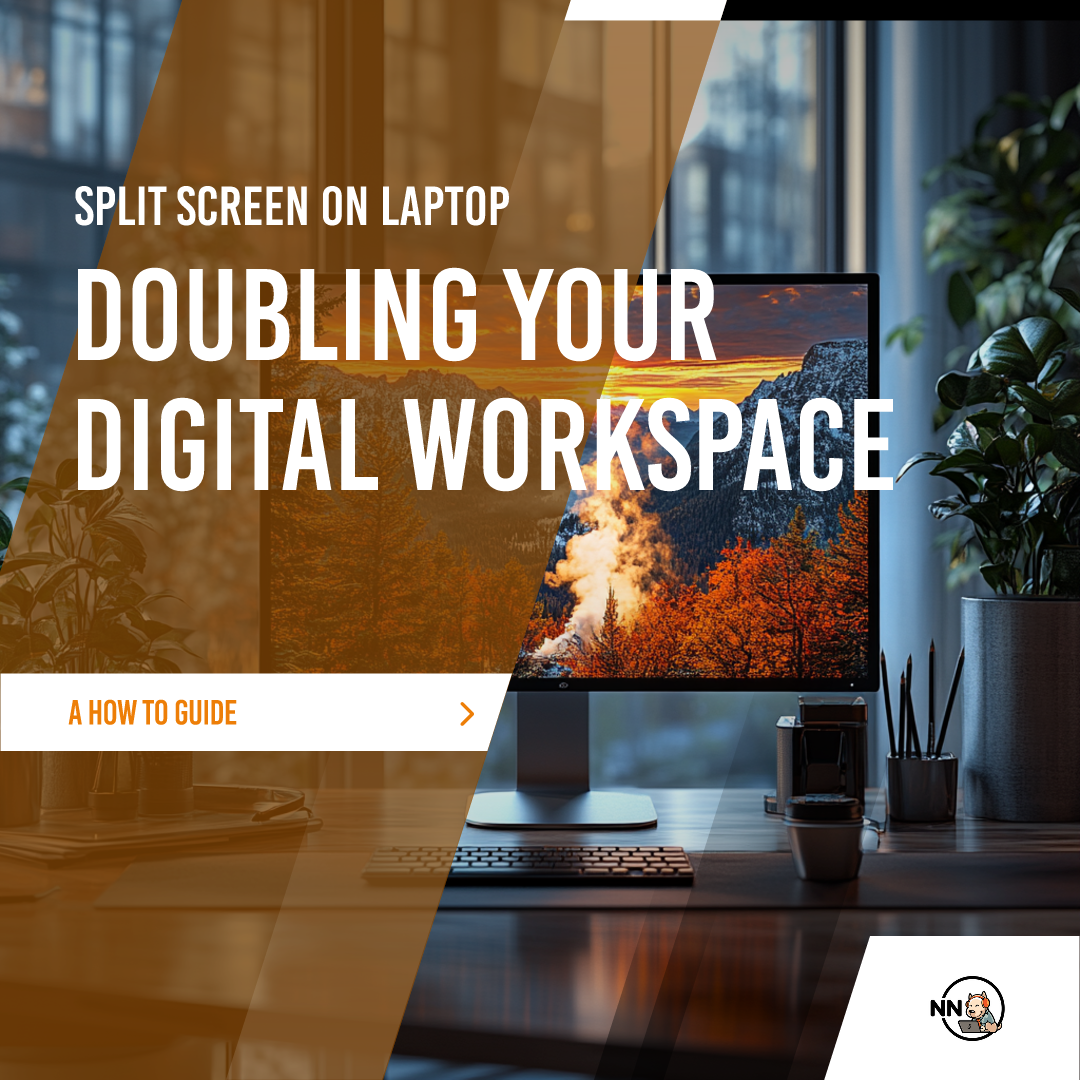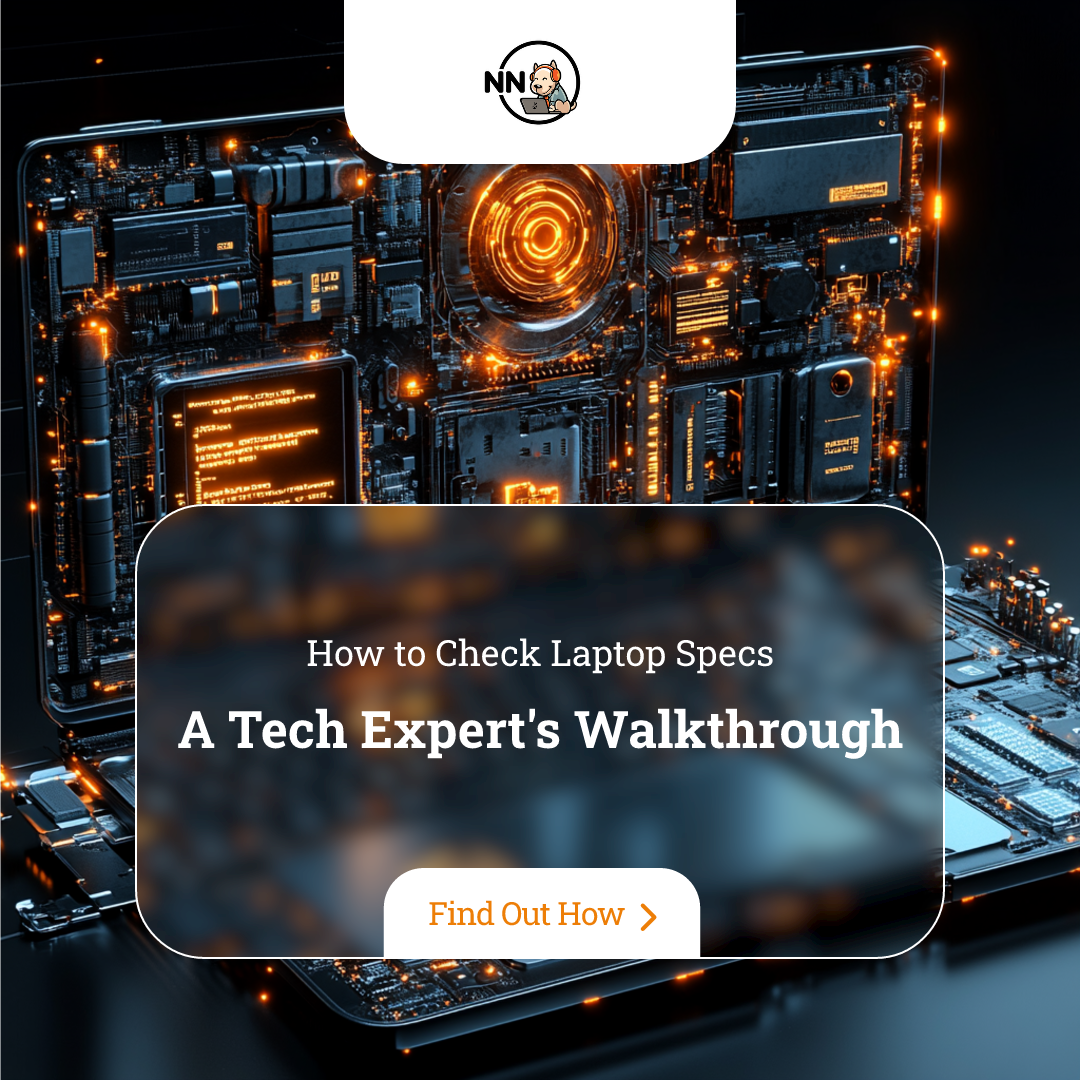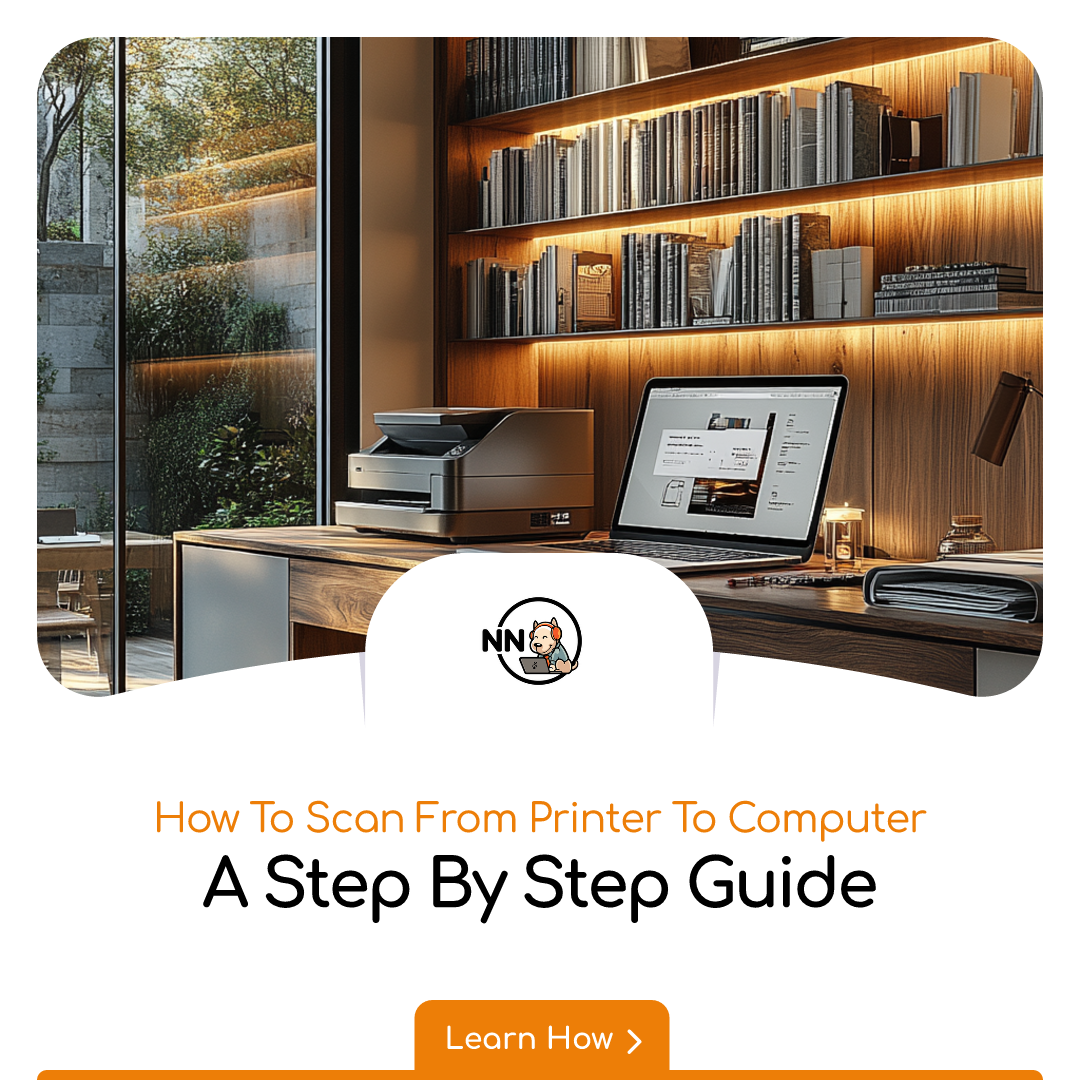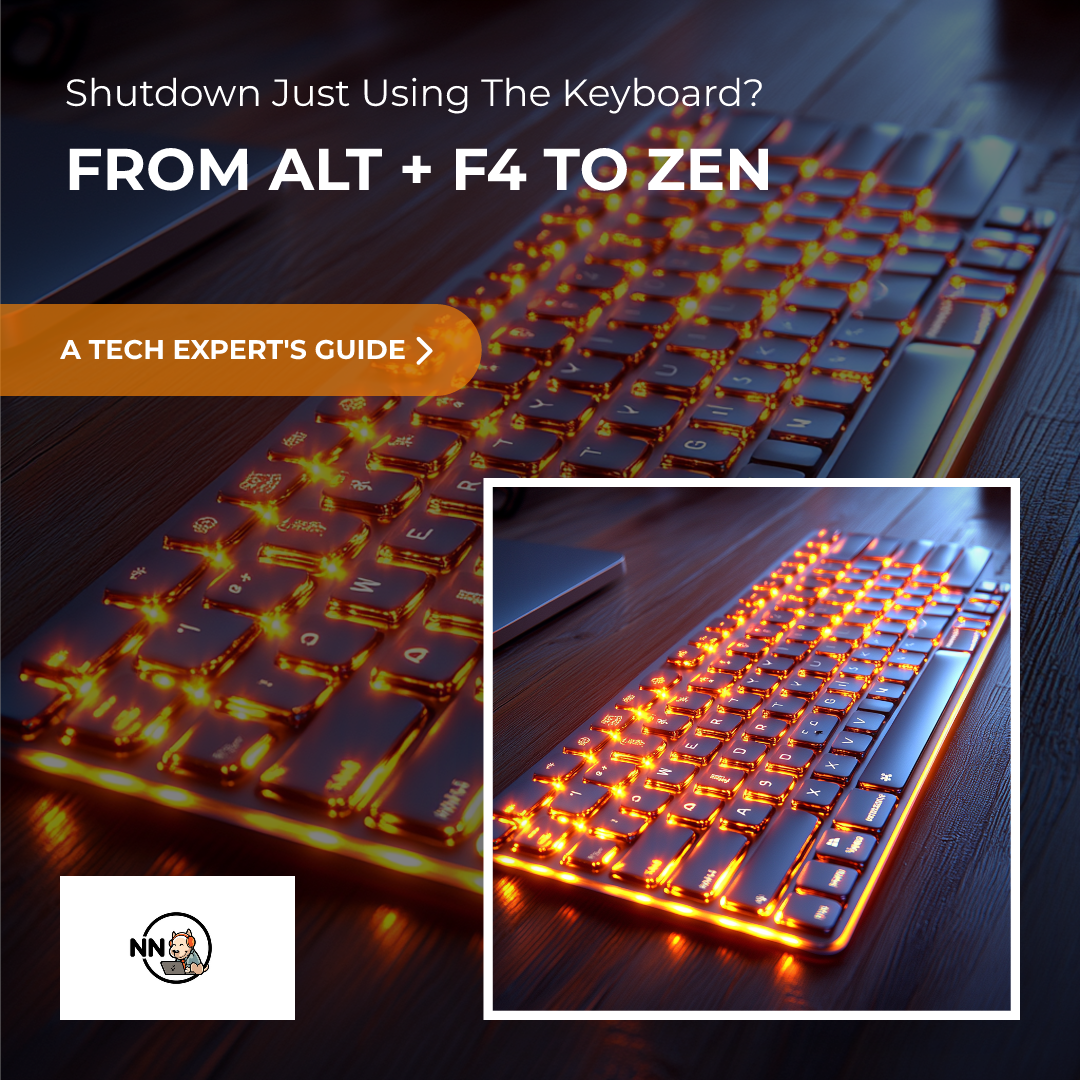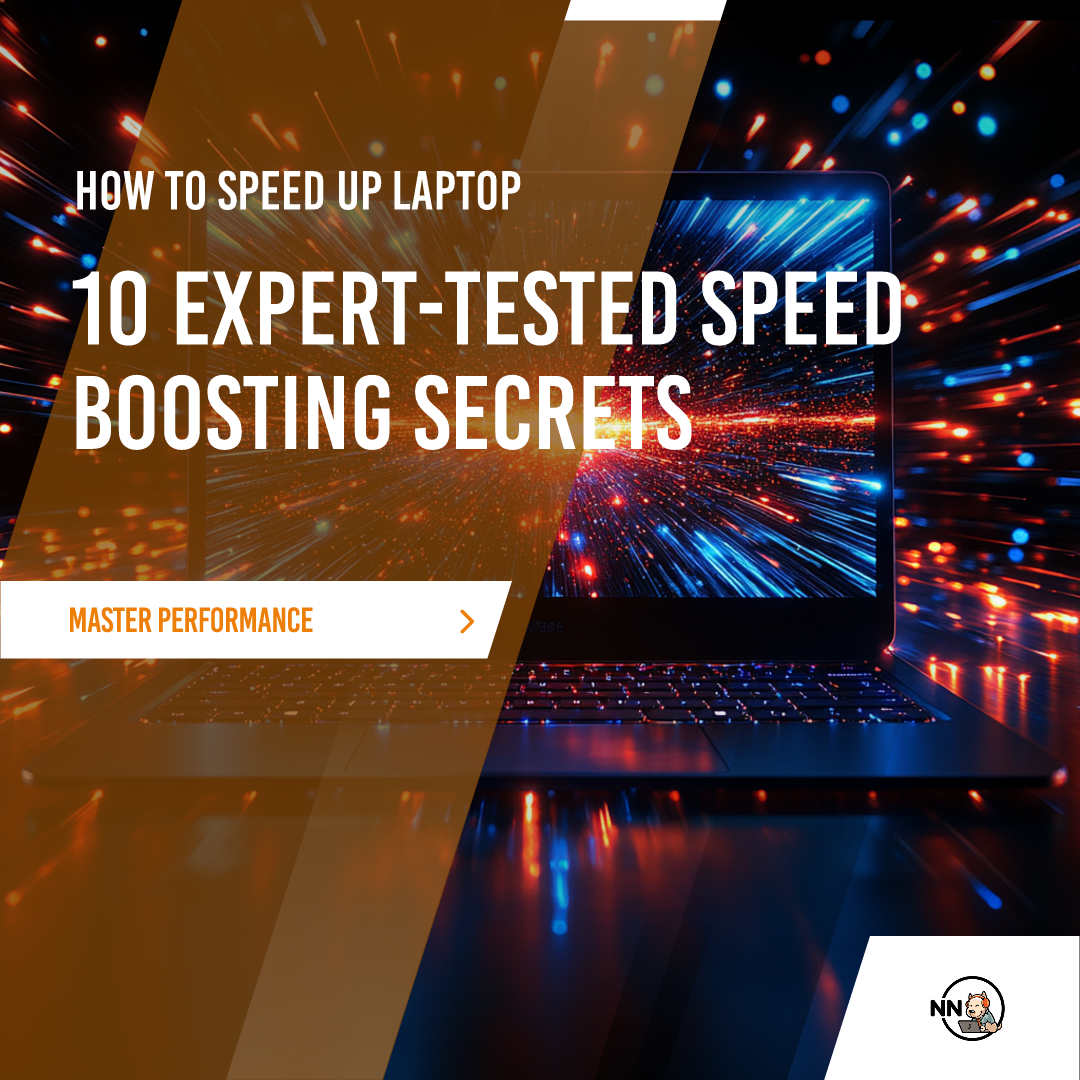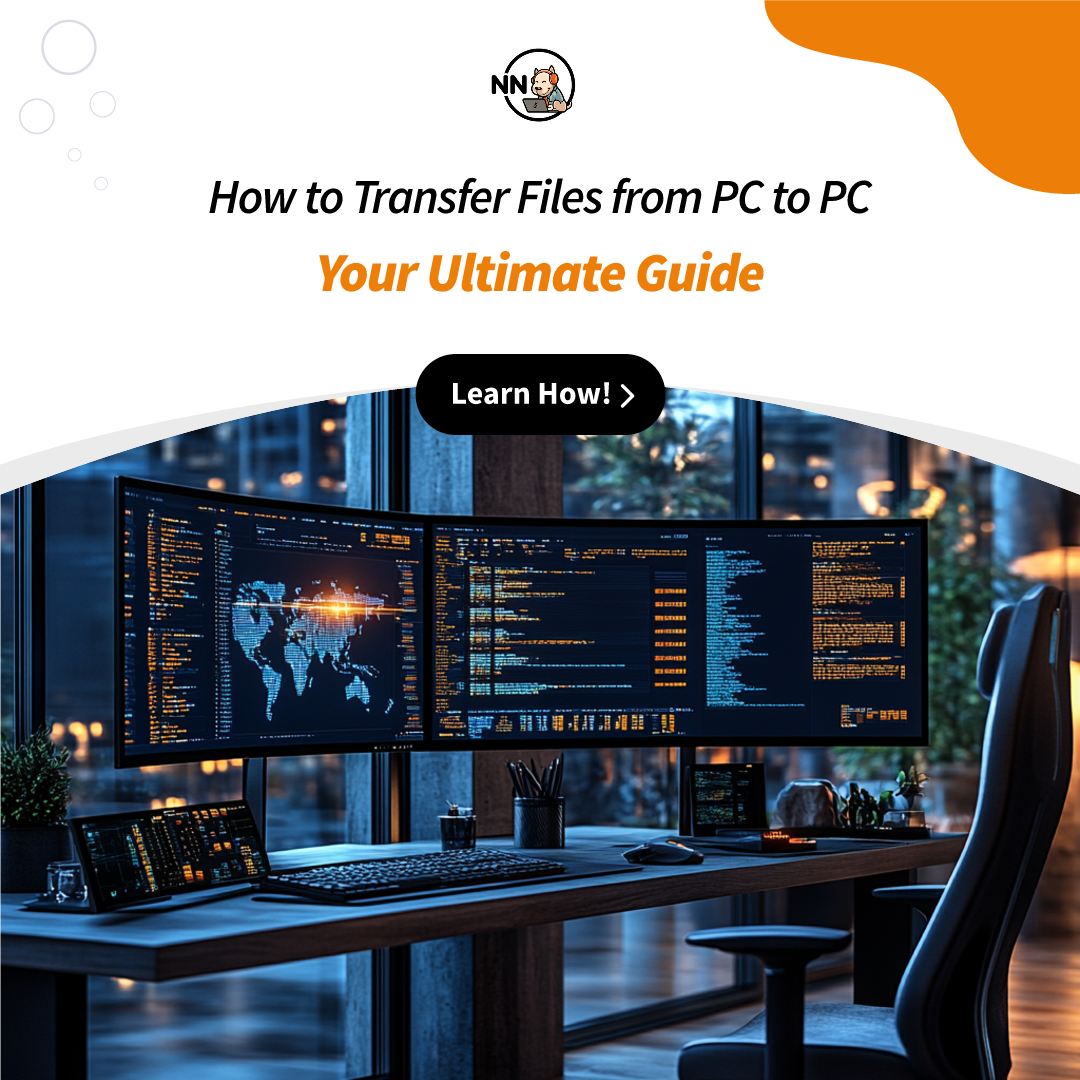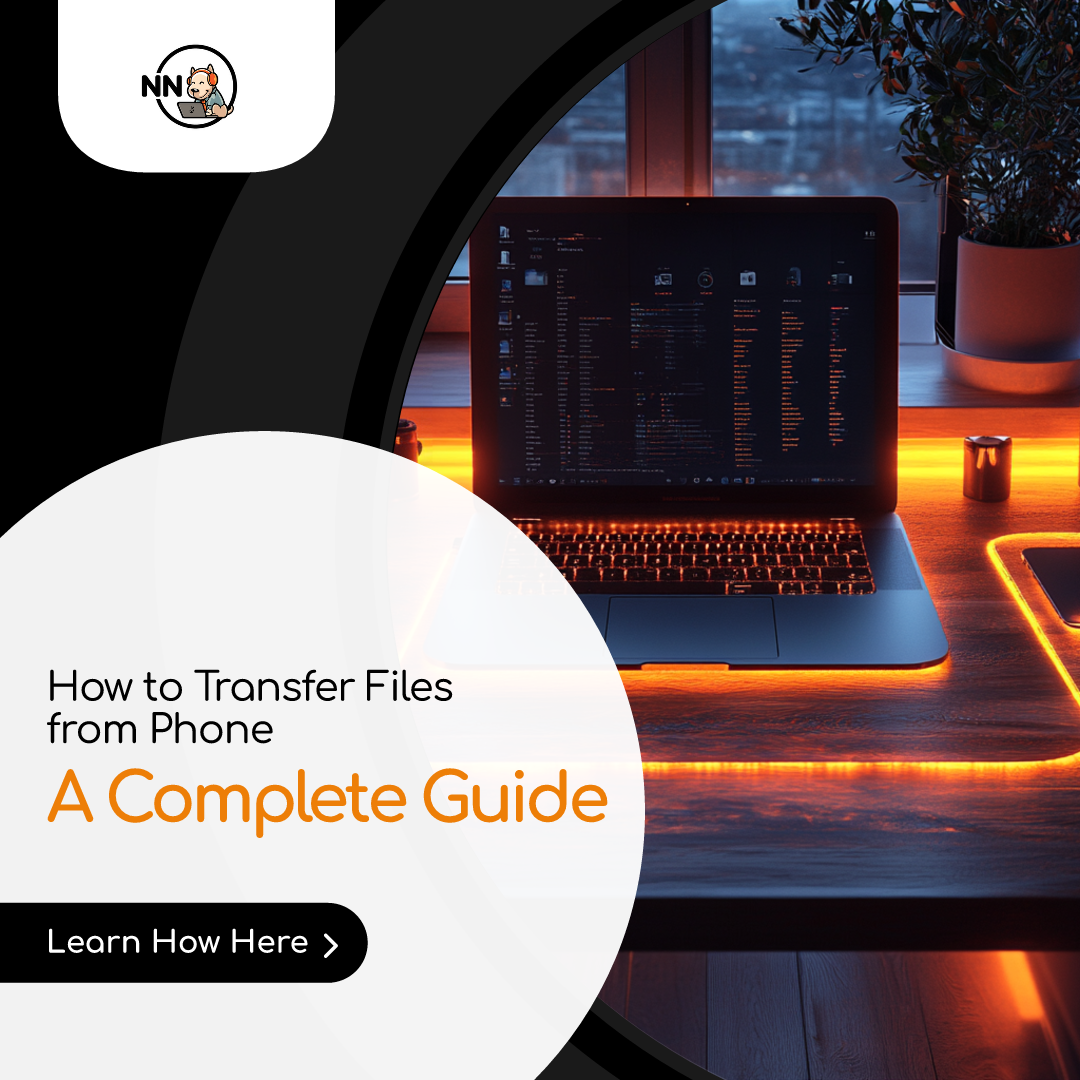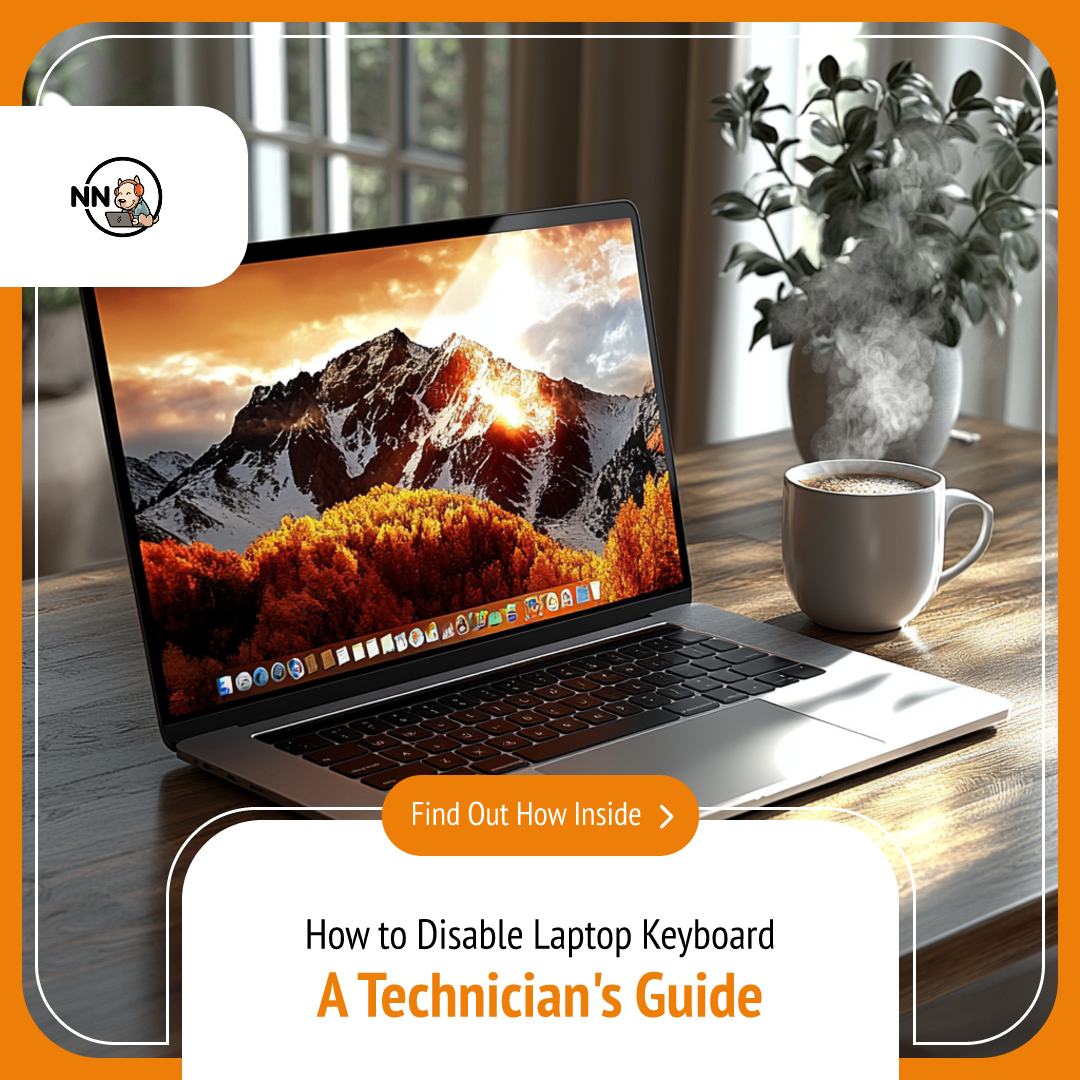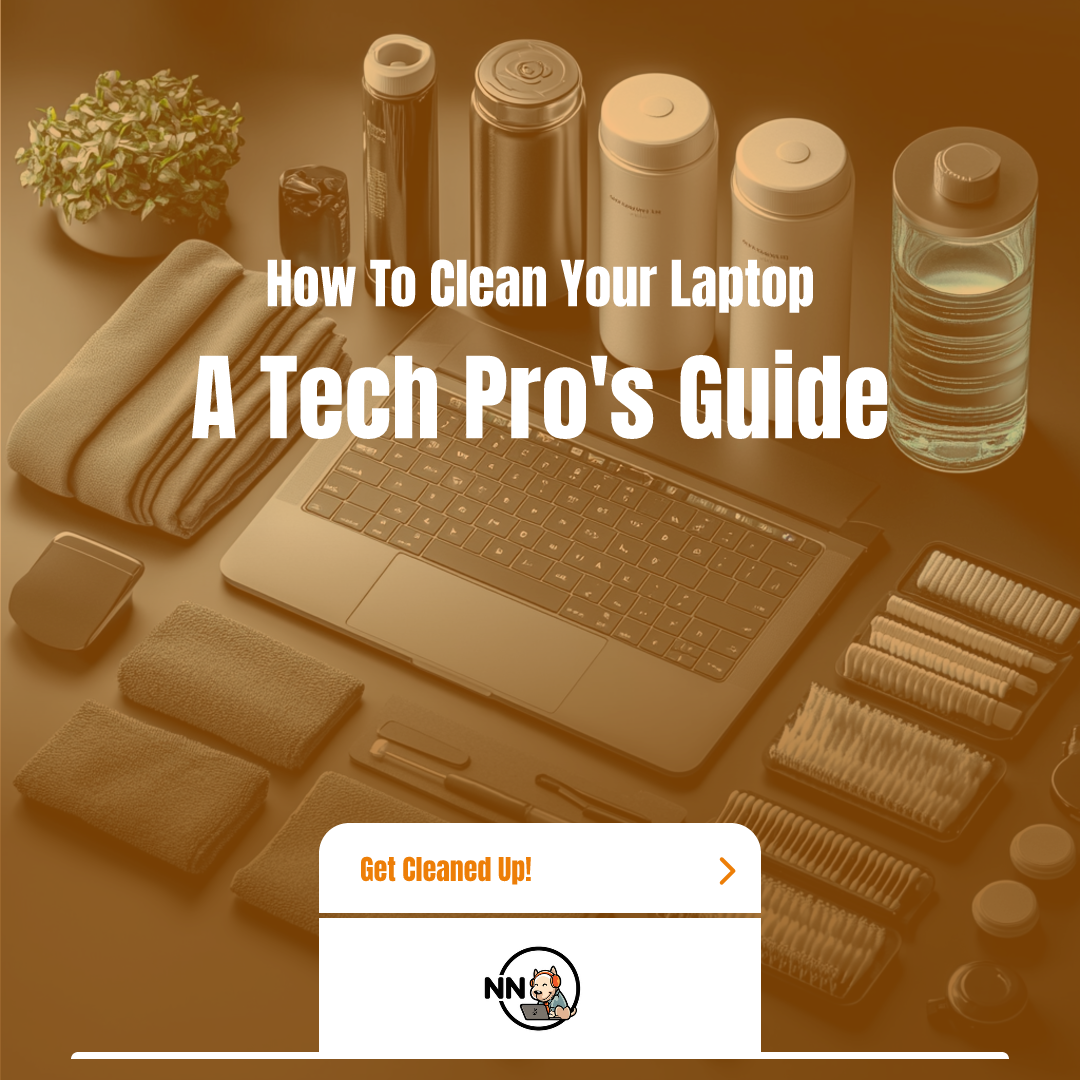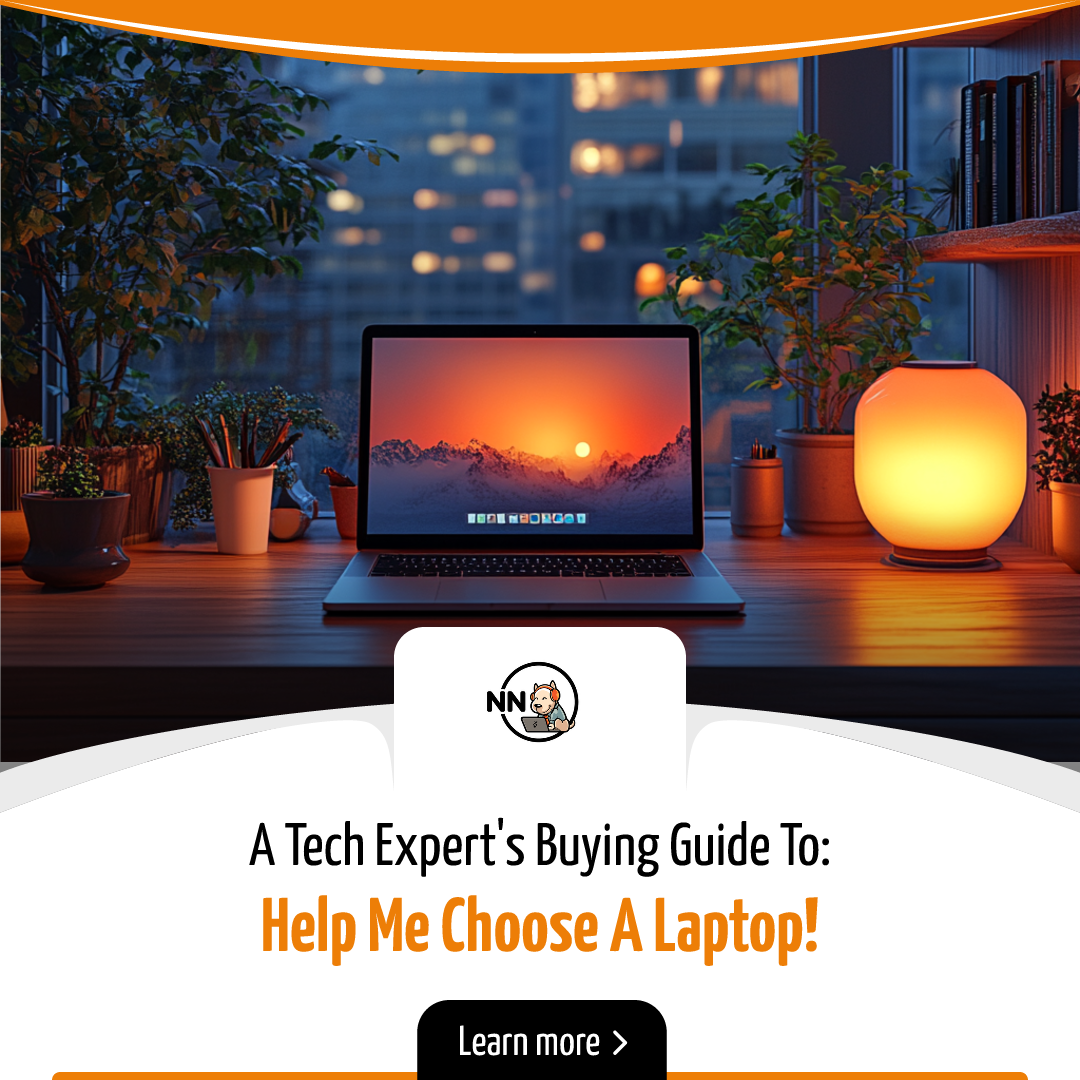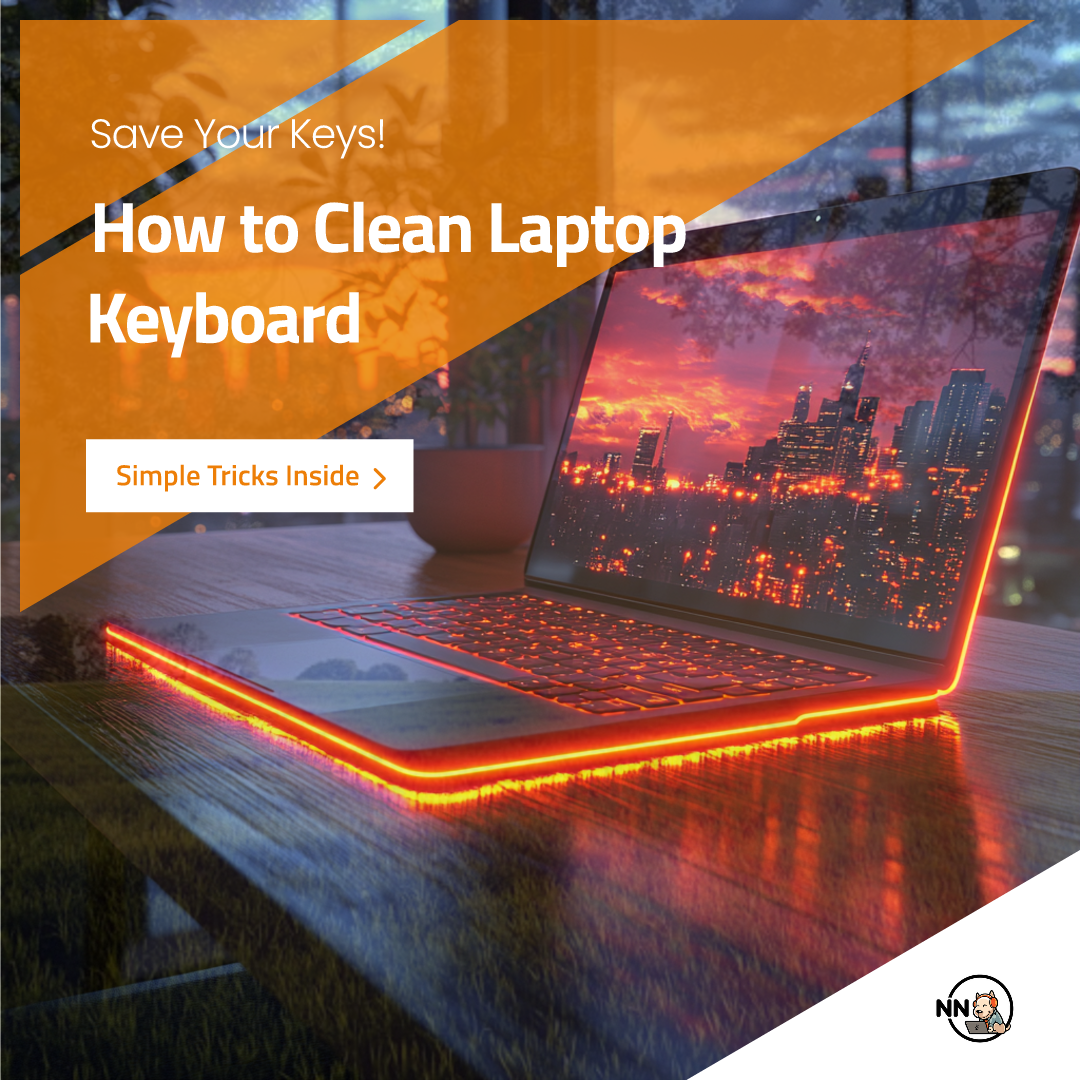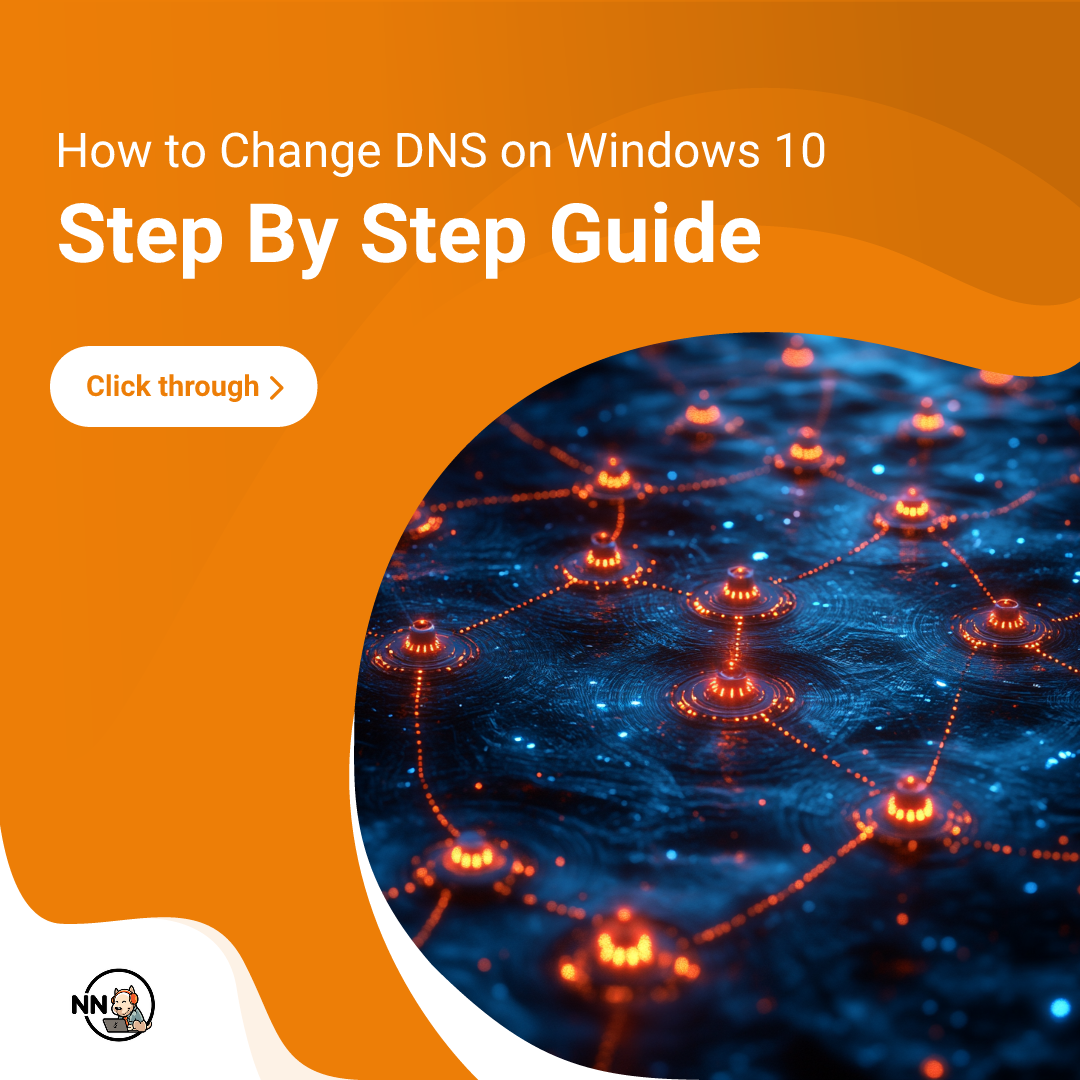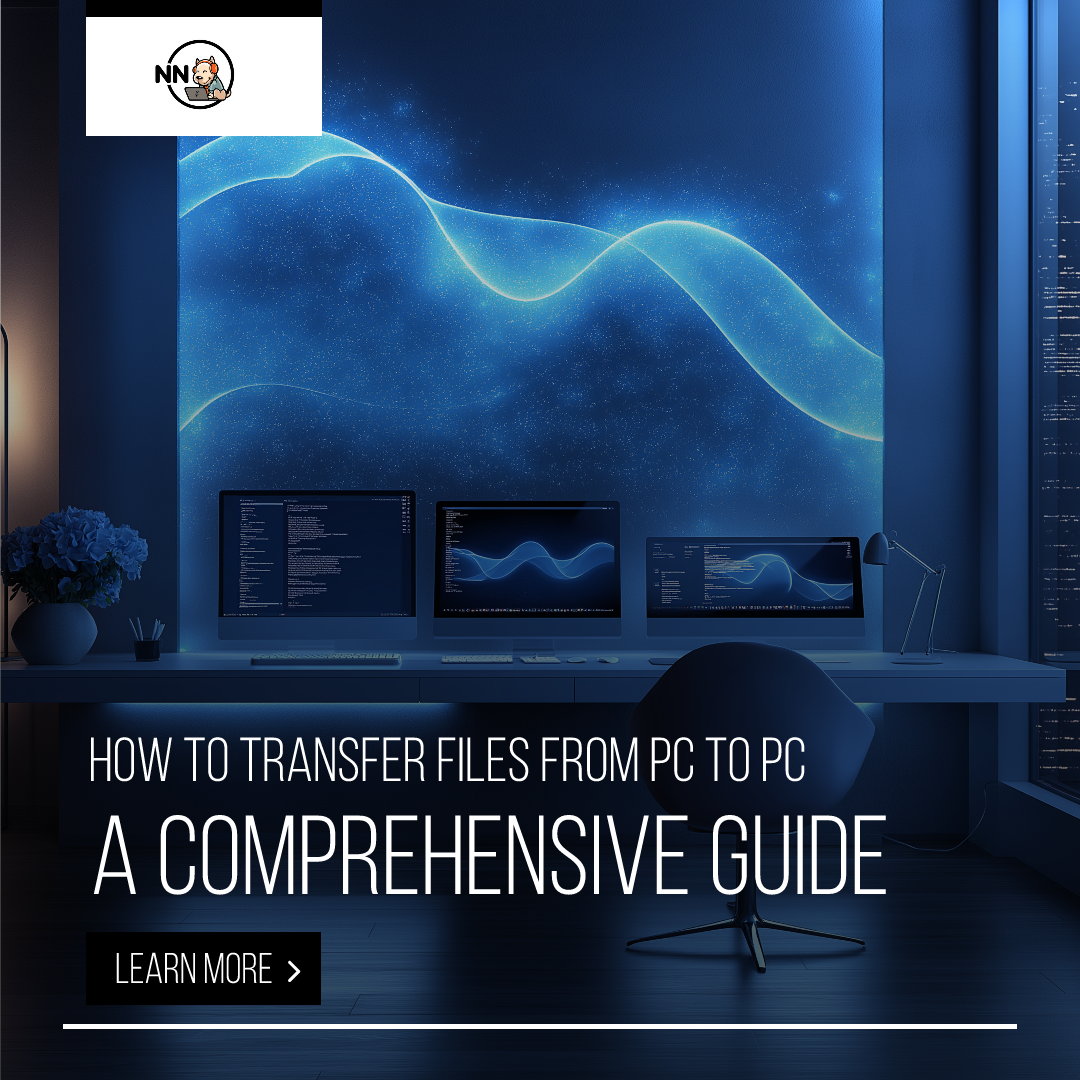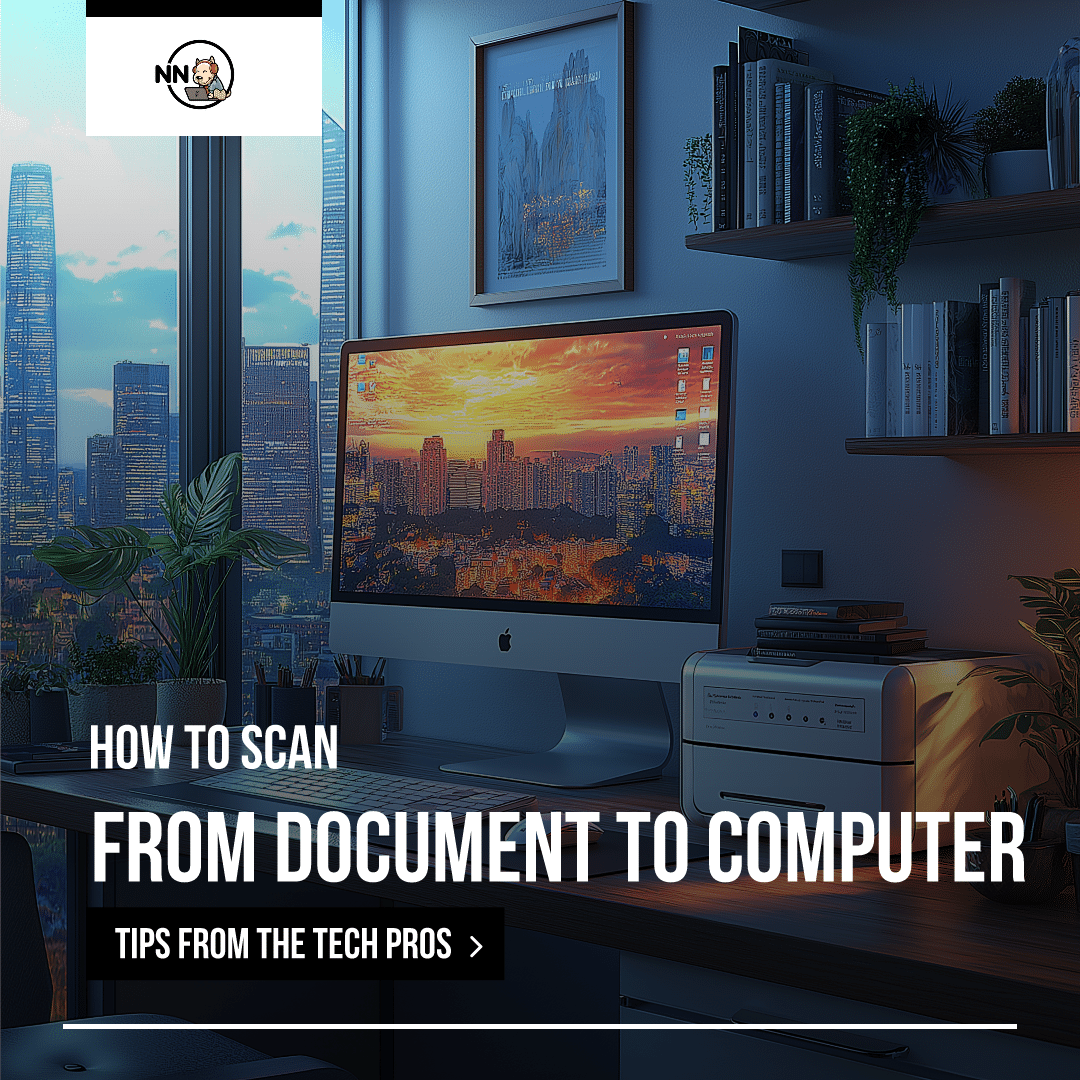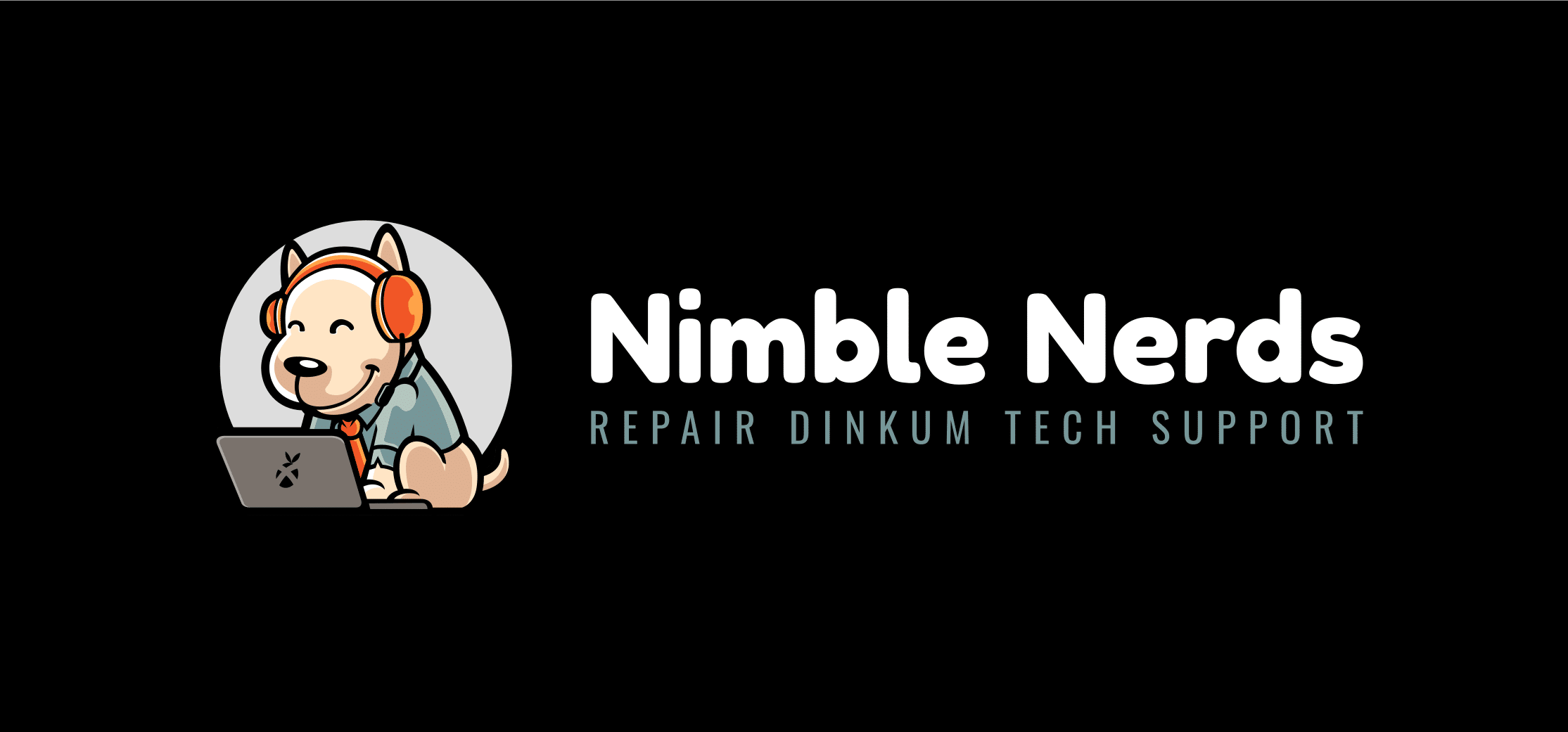Ever felt stuck trying to connect your phone and laptop nicely? You’re not alone! In this digital age, connecting our devices should be a breeze, but it often feels like solving a puzzle. Well, puzzle no more! At Nimble Nerds, we’re all about making tech simple and stress-free. Did you know that 78% of people struggle with device connectivity at least once a month? Shocking, right? But don’t worry – we’ve got your back!
In this user-friendly guide, we’ll introduce you to various methods to easily connect your phone to your laptop or computer. Transfer files to a media device? Share your screen? Use your phone’s internet on your computer? It’s easy! And the best thing: if you get stuck, just call one of our friendly receptionists. Within 30 minutes, an experienced technician will come to your aid, with all the information you need- costs, estimates, and more! Are you ready? Let’s start!
The Phone to Laptop Connection: Breaking Down Your Options
Let me tell you about the time I walked into a client’s office to find they’d tried connecting their phone to their laptop or computer using an HDMI cable meant for their TV. We’ve all been there – trying to make sense of the connection chaos! After 15 years of helping folks link their devices, I’ve learned that understanding your options is half the battle.
First up, let’s talk about the classic USB connection. Think of it as the trusty old hammer in your toolbox – it’s reliable, straightforward, and gets the job done. Plus, it charges your phone while you transfer photos you’ve been meaning to backup since last summer. But here’s the thing – not all USB cables are created equal. I once spent an hour troubleshooting a connection issue only to realize my client was using a charging-only cable. Face palm moment!
Now, wireless connections? That’s where things get interesting. Whether it’s for a Bluetooth device or Wi-Fi Direct, going wireless feels like living in the future – until you’re stuck in the “searching for devices” loop of doom. But don’t worry, I’ve got some tricks up my sleeve. Bluetooth is perfect, especially for a quick file transfer and using your phone as a wireless mouse (neat party trick, by the way), while Wi-Fi Direct is your best friend for larger files. Just remember to keep both your two devices’ software updated – I learned that lesson the hard way after a particularly frustrating afternoon with a client’s outdated Android phone operating system.
Here’s a pro tip that’s saved my bacon more times than I can count: before you start to connect your phone to other devices, check your phone and laptop’s compatibility. I can’t tell you how many times I’ve seen iPhone users trying to use Samsung phones’ apps on their Windows laptops or computer. Trust me, taking five minutes to verify your phone link and compatibility can save you hours of head-scratching later.
USB Cable Connections: The OG Method That Still Rocks

You know what makes me chuckle? When people think USB connections are “old school” or “basic.” Listen, I’ve fixed thousands of connection issues over the years, and let me tell you – sometimes the simplest solution is the smartest one. USB connections are like that reliable friend who always shows up to help you move – not flashy, but they get the job done every single time.
Here’s something most people don’t realize – your USB cable might be the culprit behind those frustrating “device not recognized” messages on your phone and laptop screen. I had this one client, a photographer, who was about to throw her laptop out the window because she couldn’t transfer her photos. Turned out she was using a cheap charging cable from the gas station. The moment we switched to a proper data transfer cable and connected the device again- boom! Problem solved. Look for the little data transfer symbol (usually looks like a link of two arrows) on your cable, or stick with the one that came with your phone.
Getting Your Devices to Play Nice

First things first – on Windows, you’ll need to enable USB debugging if you’re using an Android phone when transferring files. I know, I know, it sounds techy and scary, but it’s actually pretty straightforward. Head to your phone’s Developer Options (tap the Build Number seven times in Settings > About Phone to unlock it), and toggle on USB debugging. For iPhone users, simply connect by clicking “Trust This Computer” on the action center, and you’re golden.
Phone to Laptop Connection: When Things Go Sideways
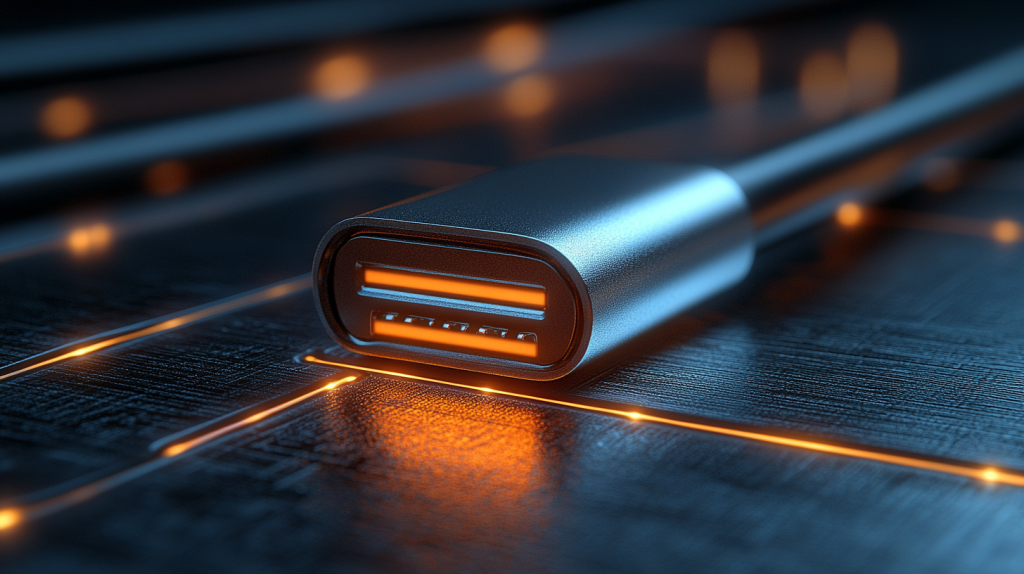
Let me share a quick troubleshooting checklist I’ve developed after years of head-scratching moments:
-
- Try a different USB port on your PC, computer, or laptop (seriously, you’d be surprised how often this works)
-
- Check if your phone’s screen is unlocked (I spent 20 minutes on this one once!)
-
- Look for Windows driver updates (especially for Android devices)
-
- Restart both devices (the classic “turn it off and on again” really does work)
One last pro tip: if you’re transferring lots of files, keep your phone plugged into the same laptop USB port throughout the process. I once had a client who kept switching ports mid-transfer and couldn’t figure out why their files were getting corrupted. Sometimes consistency is key!
Going Wireless: Your Cable-Free Connection Companion

Remember when we thought wireless meant unreliable? Boy, have times changed! After helping countless frustrated folks untangle themselves from cable chaos and helping them connect their phone to their laptop wirelessly, I’ve become a fan. Though I’ll never forget the time I confidently told a client wireless was “totally foolproof” – right before spending two hours troubleshooting their Bluetooth settings. Let’s just say I learned to be more humble after that!
Let me break down the wireless trifecta that’s revolutionized how we connect our devices, especially our phone to laptop: Bluetooth, Wi-Fi Direct, and cloud services. Each has its sweet spot, and knowing when to use which one can save you hours of frustration. I discovered this the hard way when I tried to transfer a 4GB video file over a Bluetooth device and had enough time to brew coffee, drink it, and contemplate the meaning of life before the transfer finished.
Bluetooth: The Short-Range Champion
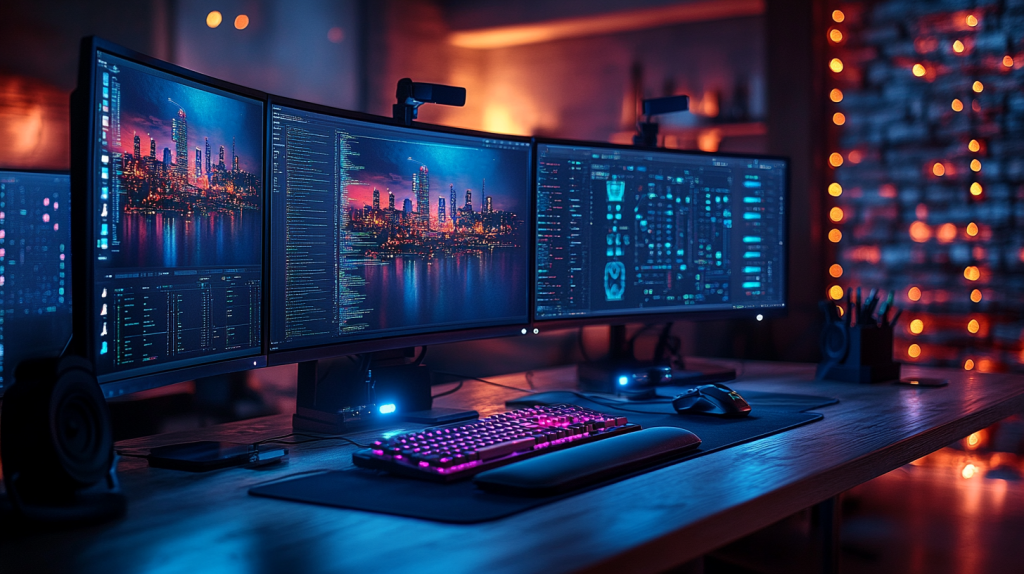
For quick transfers and nearby phone to laptop connections, Bluetooth is your best friend. Here’s my tried-and-true pairing process:
-
- Keep your devices within 30 feet of each other (most smartphones recognize that closer is better)
-
- Make sure Bluetooth is enabled on both devices
-
- Put your phone in Bluetooth pairing mode
-
- Look for your phone in your laptop’s Bluetooth settings
Pro tip: if your Bluetooth devices still won’t pair and connect, try forgetting the Bluetooth device on both ends and starting fresh. I can’t count how many times this simple reset has saved the day!
WiFi Direct: The Speed Master

When you need to move bigger files but don’t have internet access, WiFi Direct is your secret weapon. It’s like having a personal WiFi network between your devices. Just remember to check if your devices support it first – I once spent an embarrassing amount of time trying to set up WiFi Direct on a laptop that didn’t even have the feature.
Cloud Services: The Always-There Backup
Here’s something I always tell my clients: think of cloud services as your digital safety net. Whether it’s Google Drive, OneDrive, or Dropbox, these services sync your files automatically once set up. Just make sure you’re on WiFi when syncing large files – I learned this lesson the hard way after burning through a client’s entire monthly data plan in one afternoon!
Turn Your Phone Into a Mini Internet Hub: Mobile Hotspot How-To
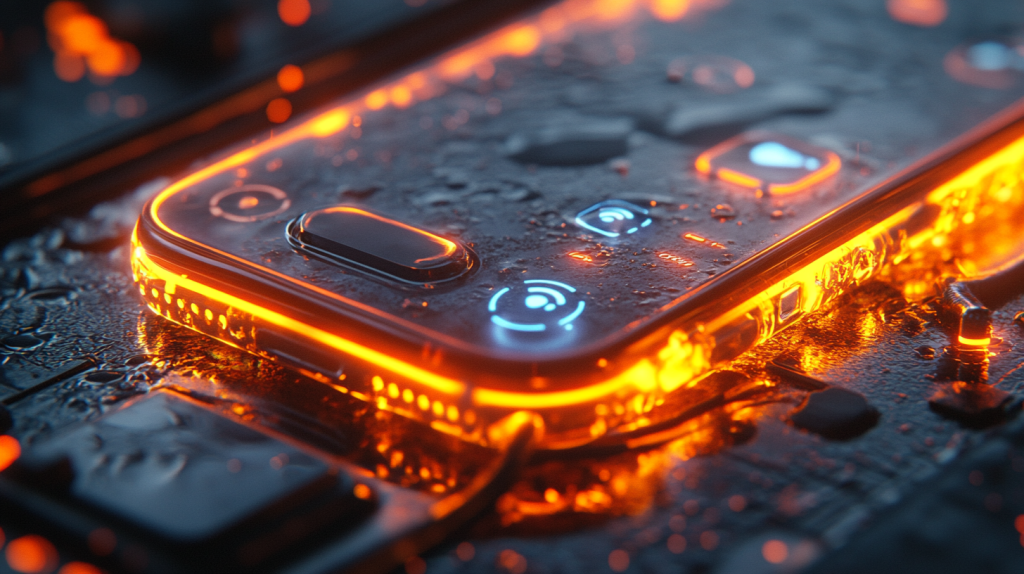
Let me tell you about the time I saved an entire business presentation using a phone’s internet. The client’s office WiFi went down right before a big meeting, and everyone was panicking – until I stepped in with this little trick up my sleeve. These days, I never leave home without knowing how to turn my phone into a personal internet oasis!
First, let’s talk about what your hotspot can (and can’t) do. Think of it like carrying a tiny router in your pocket. While it won’t match your home Wi-Fi speeds (I learned this the hard way trying to download AutoCAD updates), this WiFi hotspot is perfect for checking emails, browsing, and even video calls in a pinch. Just keep an eye on your data usage – trust me, explaining to your boss why you hit your data cap streaming cat videos isn’t a fun conversation!
Setting Up Your Mobile Command Center

Getting your hotspot running is easier than making a cup of coffee (though you might want both on busy days). On most Android phones, swipe down your quick settings and tap ‘Mobile Hotspot’ – boom, you’re halfway there. iPhone users, head to Settings menu then Personal Hotspot. The real pro tip? Change your hotspot’s default name and password to something you’ll remember. I once spent 15 minutes trying to figure out which “Android_XX” was my client’s phone in a crowded office!
Security Smarts for Your Personal Network

Here’s something most people don’t think about: your hotspot is basically broadcasting your internet connection to the world. Always, and I mean always, use WPA2 encryption (it’s usually on by default) and a strong password. I once helped a client who’d been using “password123” – we changed that faster than you can say “data breach”! Also, turn off your hotspot when you’re not using it. Not only does this save battery life, but it is also a good control to keep random strangers who want to automatically connect anytime.
Pro tip that’s saved my clients countless times: if you’re doing anything sensitive like online banking, switch to your phone’s data plan directly rather than using it as a hotspot. It’s like the difference between whispering a secret and shouting it in a crowded room!
Mirror, Mirror on the Wall: Multi Screen Collaboration
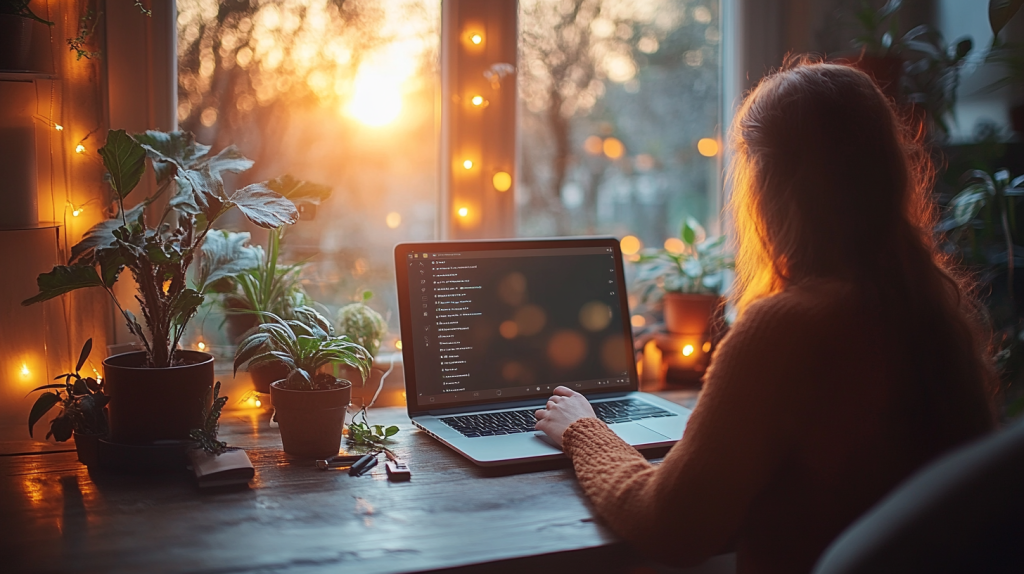
You wouldn’t believe how many jaws I’ve seen drop when showing clients they can connect their phone screen right onto their laptop. I remember this one teacher who literally danced around her classroom when I showed her she could display her educational apps on both the phone and big screen. It’s like having a magic wand for your devices – when it works right, that is!
Look, I’ll be straight with you – screen mirroring can sometimes be as temperamental as a cat in a bathtub. But after years of troubleshooting every possible scenario (including that time I had to mirror an ancient Android phone to a Windows XP laptop – yes, really), I’ve got some foolproof methods that’ll save you from pulling your hair out.
Making the Magic Happen
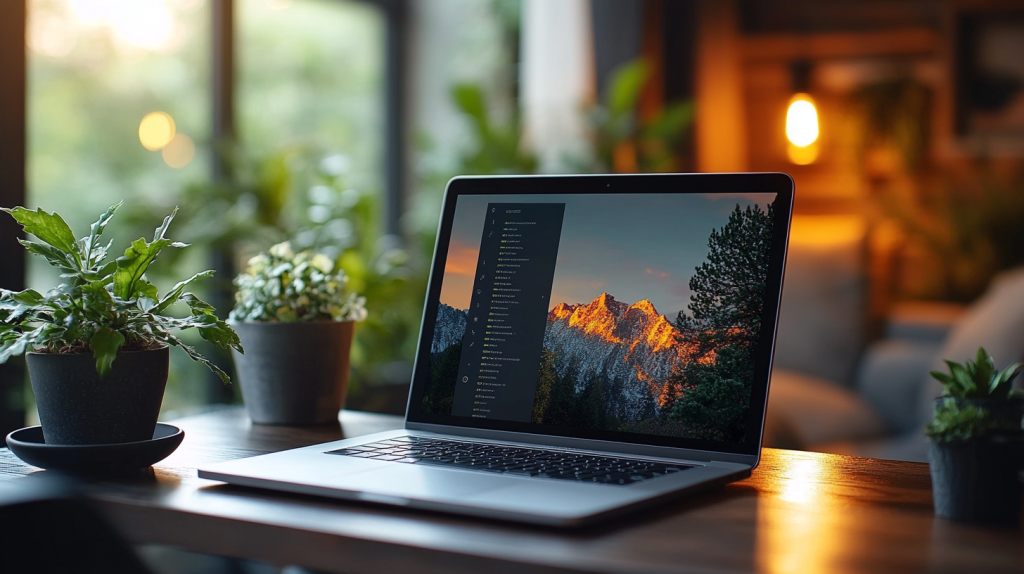
There are a few ways to connect your phone screen up on your laptop or computer, and trust me, knowing which one to use can save you loads of headaches. If you’re in the Apple ecosystem, AirPlay is your best friend – it’s smoother than butter on a hot pancake. For Android and Windows users, I swear by Microsoft’s Your Phone app. Just remember to connect both devices to the same network first – I spent 20 minutes once wondering why nothing was working, only to realize my phone was still on cellular data. Face palm
Remote Control Like a Boss
Now, here’s where things get cool- you can control your phone from your laptop! Using apps like Scrcpy for Android has saved me more time than I can count. Imagine: your phone’s screen is broken but you really need those holiday photos ASAP. Then, remote control to the rescue! But remember, you need to conduct USB debugging first, before you actually do that.
Another pro tip I’d like to share: if you’re using your phone for presentations, manage notifications first and put it in Do Not Disturb Mode. This way, your clients will not know about the Taco Tuesday group chat updates you’ve been waiting for.
Transfer Files: Moving Data Without the Drama

We’ve all been in that situation before – painstakingly sending photos to ourselves one by one via email or resorting to the method of using a USB stick to transfer files from our phone to our laptop as though it were still 2005. Over the years of observing clients trying out innovative (and occasionally alarming!) methods to move their files around, I’ve become quite adept at ensuring trouble-free file transfers without needing any carrier pigeons!
Do you recall when I brought up those keywords regarding sharing files between devices on the cross-device file-sharing topic? Get ready for some strategies that will help you move past those transfer issues and never look back. Imagine this as your all-purpose tool for file transfers. There’s a solution, for every scenario!
The Need-for-Speed Solutions
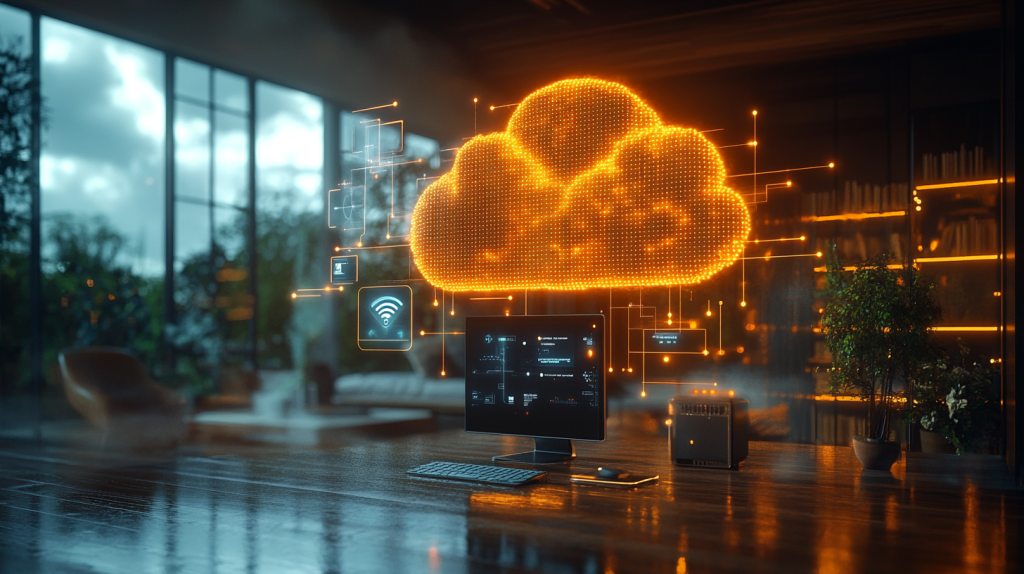
Let me lay down some truth: the best transfer method depends on what you’re moving. Got a massive video file? Skip Bluetooth (unless you enjoy watching paint dry) and go straight for USB or WiFi Direct. I learned this lesson the hard way when I tried to transfer a 30-minute wedding video over a Bluetooth device. Pretty sure the couple had their first anniversary before that transfer finished!
For smaller files, here’s my go-to hierarchy:
-
- Cloud services (Google Drive, OneDrive) – perfect for automatic syncing
-
- Wi-Fi Direct – great for larger files when you don’t have internet
-
- Nearby Share (Android) or AirDrop (iOS) – fantastic for quick transfers
-
- USB cable – old and reliable when all else fails
Pro tip that’s saved my clients countless hours: set up automatic cloud syncing for your important folders. It’s like having a personal assistant who makes backup copies of everything – minus the coffee runs. Just watch those storage limits – I once had a client hit their cloud storage cap mid-presentation. Talk about a sweaty moment!
Sync or Swim: Keeping Your Digital Life in Perfect Harmony
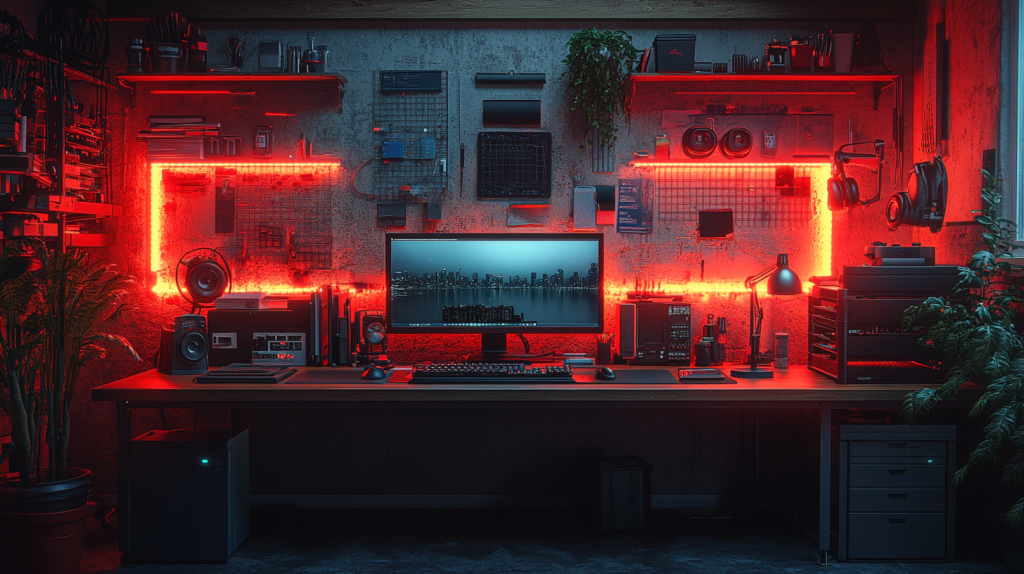
Over the years, I have seen many customers grapple with contacts and scattered notes across gadgets, turning me into somewhat of a synchronization expert. I must say, there’s a joy in witnessing someone’s face light up upon realizing that their digital life can sync seamlessly. It’s like introducing someone to electricity for the first time!
You know what I find amusing? Watching people painstakingly transfer their contacts from their phone to laptop, one by one, as though they’re transcribing manuscripts by hand. I’ve come across more than my share of spreadsheets labeled “Contacts Backup 2023 FINAL FINAL V2 “. Let me tell you, it has been enough to last me a lifetime. Let’s make things easier for you with an up-to-date solution for this day and age!
Cross-Platform Apps: Your Digital Glue
First up, let’s talk about the apps that make synchronization feel like magic. Microsoft’s OneNote and Google Keep have saved my bacon more times than I can count. Just last week, I started a note on my phone while waiting for coffee, continued it on my laptop at the office, and finished it on my tablet at home. No copying, no pasting, no pulling out hair – just seamless workflow connected altogether!
Here’s my tried-and-true sync stack:
-
- Contacts & Calendar: Google Contacts/Calendar or iCloud
-
- Notes: OneNote or Google Keep
-
- Files: OneDrive or Google Drive
-
- Passwords: LastPass or Bitwarden
Pro tip: Always, and I mean ALWAYS, do a backup before setting up any sync service. I once had a client ignore this advice and… well, let’s just say merging 3,000 duplicate contacts wasn’t how I planned to spend my weekend!
Cloud Storage: The Digital Safety Net
Listen, cloud storage isn’t just another tech buzzword – it’s your digital safety net. I can’t count how many times it’s saved my clients from disaster. Remember to set up automatic syncing for your important folders, but be strategic about what you sync. That 100GB folder of cat memes? Maybe keep that one local. Trust me, your internet bandwidth will thank you!
When Tech Goes Rogue: Your Troubleshooting Survival Guide

Let me paint you a picture: it’s 4:55 PM on a Friday, and your phone suddenly refuses to connect to your laptop like they’re complete strangers at a party. Sound familiar? After spending countless late nights solving what I call “technical temper tantrums,” I’ve developed a sixth sense for troubleshooting these issues. And believe me, I’ve seen it all – from the “my phone isn’t showing up” panic to the “everything was working fine yesterday” blues.
First things first, let’s tackle the elephant in the room – driver issues. You wouldn’t believe how many times I’ve solved a “complex” connection problem by simply updating drivers. It’s like giving your laptop a new pair of glasses; suddenly, it can see your phone clearly again! Windows users, head to Device Manager and check for those yellow exclamation marks – they’re like little warning flags saying “Hey, something’s not quite right here!”
Connection Troubleshooter
What type of connection issue are you experiencing?
Select the specific USB issue:
Select the specific wireless issue:
Select the specific hotspot issue:
Select the specific screen mirroring issue:
USB Device Not Recognized
- Try a different USB port
- Restart both devices
- Check for damaged cables
- Update USB drivers
- Check Device Manager for errors
Intermittent USB Connection
- Check for loose connections
- Test with different cable
- Clean USB ports
- Check for power saving settings
- Update USB controller drivers
USB Charging Issues
- Try different USB cable
- Check power output of USB port
- Clean charging port
- Test with different power adapter
- Check device charging settings
Cannot Connect to WiFi
- Restart WiFi router
- Forget network and reconnect
- Check WiFi password
- Update network adapter drivers
- Check router settings
Slow WiFi Connection
- Check network usage
- Move closer to router
- Change WiFi channel
- Check for interference
- Run speed test
WiFi Keeps Dropping
- Check signal strength
- Update router firmware
- Disable power saving mode
- Check for overlapping networks
- Reset network settings
Hotspot Not Visible
- Check hotspot settings
- Toggle airplane mode
- Restart device
- Check frequency band settings
- Reset network settings
Cannot Connect to Hotspot
- Verify password
- Check connected devices limit
- Reset hotspot
- Check cellular data connection
- Update device software
Slow Hotspot Connection
- Check cellular signal strength
- Reduce connected devices
- Check data usage limits
- Move to better coverage area
- Test different frequency band
Screen Mirroring Device Not Detected
- Ensure both devices on same network
- Enable screen mirroring settings
- Check device compatibility
- Restart both devices
- Update display drivers
Screen Mirroring Lag
- Reduce distance between devices
- Close background applications
- Check network congestion
- Lower display resolution
- Update mirroring software
Poor Screen Mirroring Quality
- Check internet speed
- Adjust display settings
- Reduce wireless interference
- Update graphics drivers
- Check device specifications
Bluetooth Blues Be Gone
Oh, Bluetooth. Sometimes I think it was named that because it makes people blue in the face with frustration. Here’s my rapid-fire Bluetooth device fix list that’s saved many a client from device-throwing incidents:
- Toggle Bluetooth off/on (the digital equivalent of clearing your throat)
- Forget the Bluetooth device and re-pair (like a relationship reset)
- Check for system updates (because sometimes your devices just need to learn the latest dance moves)
Pro tip that’s saved my sanity multiple times: if your devices keep disconnecting, check for nearby interference from other audio device, wireless speakers or even microwaves. I once spent hours troubleshooting a connection issue only to realize it was the client’s new wireless security camera causing chaos!
Wi-Fi Woes No More
When Wi-Fi Direct starts acting up, most people jump straight to the nuclear option – a full system restart. But here’s a lesser-known trick: clear your network settings cache first. It’s like giving your device a mini spa day instead of throwing it in the deep end of the pool. I discovered this gem after a particularly frustrating day with a client’s device that kept showing “phantom” connections.
Next-Level Phone-Laptop Connections: Advanced Support Features You Never Knew You Needed
Remember when we thought using our phone as a flashlight was cutting-edge? Well, hold onto your hats, because I’m about to share some advanced connection tricks that’ll make your inner tech geek do a happy dance. After years of experimenting with every possible phone-laptop combination (sometimes accidentally creating digital modern art in the process), I’ve discovered some seriously cool features that most people don’t even know exist.
Let me tell you about the time I helped a client turn their old smartphone into a high-quality webcam during the great webcam shortage of 2020. Their mind was blown when they realized their phone’s camera was actually way better than most laptop webcams. Play Store apps like DroidCam or EpocCam can transform your phone into a crystal-clear webcam that’ll make you look like a million bucks in those virtual meetings. Just remember to prop your phone up securely – I learned this lesson the hard way when my phone decided to take a nosedive mid-presentation!
Your Phone’s Hidden Superpowers
Here’s something that’ll knock your socks off – your phone’s sensors can actually enhance your laptop’s capabilities. Need a level for that virtual home renovation project? Your phone’s gyroscope has got you covered. Want to scan documents without a scanner device? Your phone’s camera is ready to roll. I once helped a real estate agent set up her phone to scan and automatically sync documents to her laptop – she nearly hugged her phone when she realized she could ditch her clunky old scanner!
Notification Nirvana
Pro-tip that changed my life: setting up phone notifications on both your phone and laptop is like having a personal assistant who makes sure you never miss anything important. Apps like Microsoft’s Your Phone or Dell Mobile Connect can connect your phone and other devices work together so seamlessly, that it feels like they’re reading each other’s minds. Though fair warning – maybe don’t enable ALL your notifications. Trust me, your coworkers don’t need to know every time your cat posts on Instagram!
The Grand Finale: Mastering Your Connected Tech Life
After spending over a decade helping folks navigate the sometimes-choppy waters of device connectivity, I’ve learned that it’s not about having the latest gadgets or knowing every technical term in the book. It’s about finding what works for you and your workflow. Think of it like finding your perfect coffee order – once you’ve got it down, everything just flows better!
You know what makes me smile? When a client who once struggled to transfer a simple photo is now effortlessly bouncing between connected devices like a tech ninja. It reminds me of why I love doing this- there’s nothing quite like seeing that “aha!” moment when everything clicks into place. Whether you’re using a trusty USB cable (old school, but still gold) or living the wireless dream, the key is choosing the right tool for the right job.
Let’s address those burning questions that probably brought you here in the first place:
FAQ Lightning Round
Q: How do I connect my phone screen to my laptop? The quickest way is using your built-in options – QuickShare for Samsung, AirPlay for Apple, or Your Phone app for Windows. Remember to keep both devices connected on the same Wi-Fi network, or you’ll end up doing the digital equivalent of shouting into the void!
Q: Can you connect your phone to your laptop wirelessly? Absolutely! Between Bluetooth, Wi-Fi Direct, and cloud services, you’ve got options. Just pick the method that matches your needs – Bluetooth for quick file transfers, Wi-Fi Direct for bigger files, and cloud services for automatic syncing.
Q: How do I get my laptop to recognize my phone? Start with the basics – make sure your operating system and USB drivers are up to date and USB debugging is enabled on Android devices. For iPhone users, just trust your computer when prompted. If all else fails, try a different USB port or cable – sometimes the simplest solution is the right one!
Q: How to connect phone to laptop without USB? Wireless methods are your friends here! Bluetooth for small files, Wi-Fi Direct for larger ones, or cloud services for constant syncing. Just make sure both devices are playing nice and with the same wireless network.
Don’t forget that, here at Nimble Nerds, we’re always ready to assist you when you need a hand. We’re here whether you’re setting a mobile hotspot for a meeting, or simply looking for ways to move those holiday snaps. Just reach out to us, because we believe technology should make your life easier, not give you a headache!
So, are you ready to be a device-connecting pro? 🏆

